Humans
-
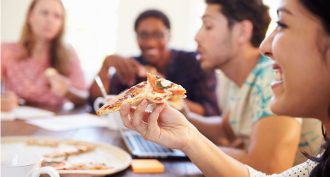 Health & Medicine
Health & MedicineTo control overeating: Slow down!
Encouraging young people to eat more slowly — and to stop when they’re full — may help prevent obesity, a new study finds.
By Tara Haelle -
 Health & Medicine
Health & MedicineZika worries go global
The World Health Organization says the devastating birth defects and brain disorders linked to the Zika virus are an international health emergency.
By Meghan Rosen -
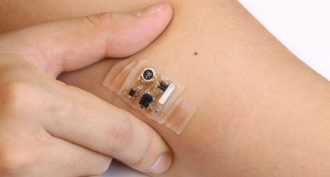 Tech
TechCool Jobs: Making electronics to wear
Forget tablets and cell phones. These flexible electronic devices stick to the skin and can perform many tasks, from taking your temp to tracking the sun’s tanning rays.
-
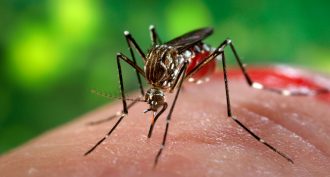 Health & Medicine
Health & MedicineZika virus raises alarm as it spreads in the Americas
Zika virus has been in Africa and Asia for decades. But is has now spread to the Americas. And it may cause a devastating birth defect.
By Meghan Rosen -
 Health & Medicine
Health & MedicineExplainer: What is skin?
The body’s soft, outer armor contains three layers, each with its own important role to play.
-
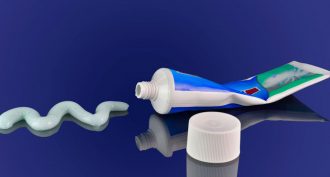 Health & Medicine
Health & MedicineMinty fresh zits treatment?
Some nontraditional acne treatments work at cleaning up pimples.
-
 Health & Medicine
Health & MedicineThe truth about zits
A common bacterium called P. acnes usually helps keep the skin healthy. But under some conditions, and especially during puberty, it can trigger painful, embarrassing outbreaks of unsightly pimples.
-
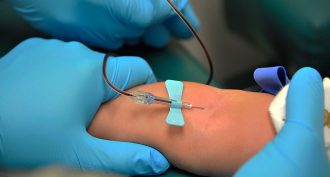 Health & Medicine
Health & MedicineHIV testing remains low among teens
HIV rates in people ages 13 to 24 are increasing, but few teens and young adults are being tested for the virus.
-
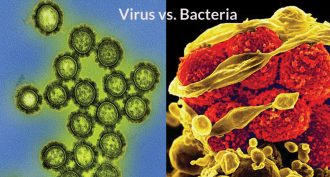 Health & Medicine
Health & MedicineBehavior of genes could identify type of infection
The behavior of hundreds of genes can identify a viral infection, a new study finds. That could help doctors determine treatment for a sick patient.
-
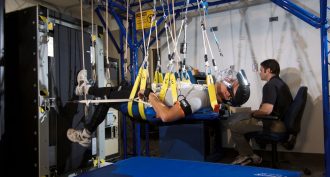 Health & Medicine
Health & MedicineCool Jobs: Researchers on the run
Researchers are taking running to extremes, from Olympic lizards to treadmills in space. The goal is to learn how athletes of all kinds can stay healthier.
-
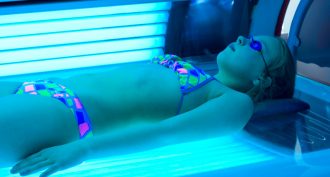 Health & Medicine
Health & MedicineFDA wants to ban indoor tanning by teens
Because tanning beds can increase the risk of skin cancer, the FDA has proposed banning their use in the United States by anyone under 18.
-
 Health & Medicine
Health & MedicineToo many football hits can change the brain
A former football player who died in his mid-20s had serious Alzheimer's-like damage that doctors are now linking to repeated concussions.